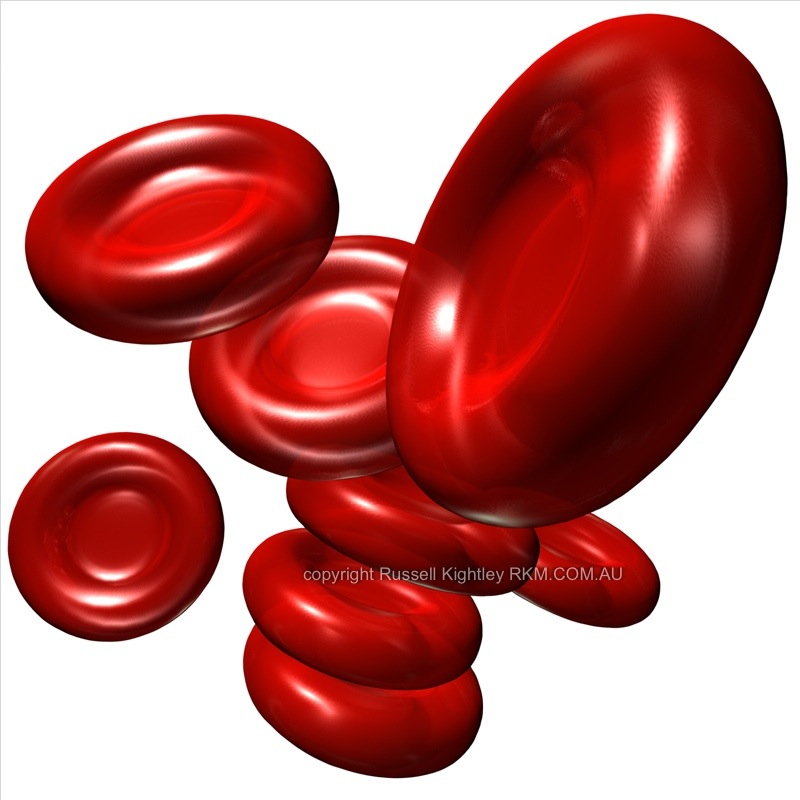Cardiovascular & Respiratory Test A
Personalize your quiz and earn a certificate with your name on it!
Submit
Submit
Quiz Review Timeline (Updated): Mar 18, 2023 +
Our quizzes are rigorously reviewed, monitored and continuously updated by our expert board to maintain accuracy, relevance, and timeliness.
-
Current Version
-
Mar 18, 2023Quiz Edited by
ProProfs Editorial Team -
May 11, 2013Quiz Created by
Rlabov
















